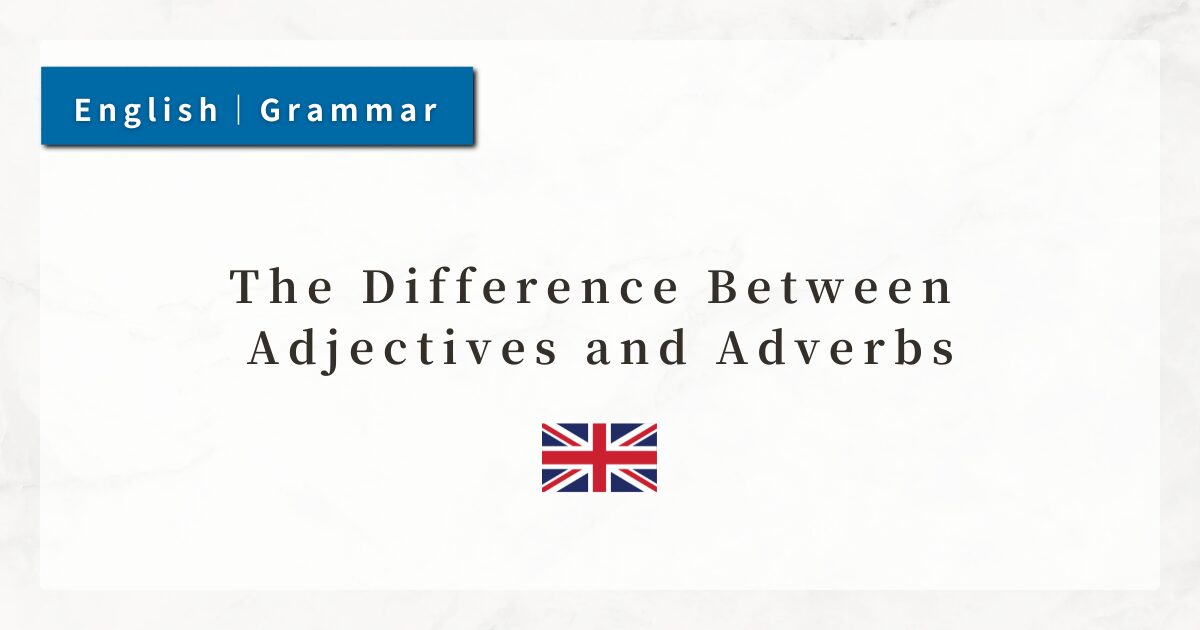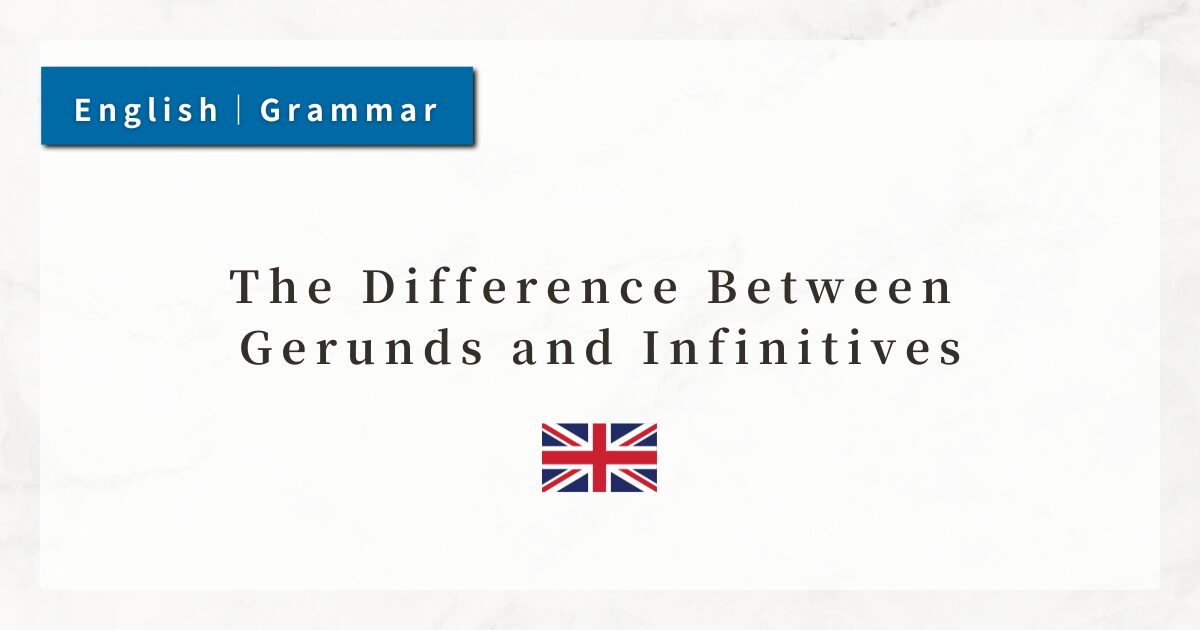#39 The Difference Between Adjectives and Adverbs|Key Points for Correct Usage

When learning English, it is common to confuse adjectives and adverbs. While both serve the function of modifying, the targets and roles they modify are clearly different.
In this lesson, I will clarify the differences between adjectives and adverbs and explain the key points for using them correctly.
1. What Is an Adjective?
An adjective modifies a noun, describing “what kind of person” or “what kind of thing” it is.
- He is a good student.
Here, the noun student is modified by the adjective good. Adjectives are used together with nouns to provide a more specific description.
Adjectives are also used as complements after the verb be.
- She is kind.
In this case, kind explains what she is like, providing a description of the subject.
2. What Is an Adverb?
An adverb modifies verbs, adjectives, other adverbs, or entire sentences.
In other words, adverbs describe in more detail “how,” “to what extent,” “when,” or “where” an action or state occurs.
- He studies well.
→ well modifies the verb studies. - She is very kind.
→ very strengthens the adjective kind. - Fortunately, we arrived on time.
→ fortunately modifies the entire sentence.
Adverbs are versatile in usage, adding nuance and specificity to sentences.
3. How to Distinguish Between Adjectives and Adverbs
A common difficulty for learners is deciding whether to use an adjective or an adverb. A useful method is to focus on what is being modified:
- Modifies a noun
→ Adjective - Modifies a verb, adjective, adverb, or entire sentence
→ Adverb
Examples:
- She is a beautiful singer.
→ beautiful modifies the noun singer → Adjective - She sings beautifully.
→ beautifully modifies the verb sings → Adverb
Always pay attention to the target of modification.
4. How Adjectives and Adverbs Are Formed
In many cases, adding -ly to the end of an adjective forms the corresponding adverb.
- quick → quickly
- careful → carefully
- beautiful → beautifully
However, not all follow this rule. Common exceptions include:
- good (adjective) → well (adverb)
- fast (same form for both adjective and adverb)
- hard (adjective: “difficult” / adverb: “hard, with effort”)
5. Differences in Placement
Adjectives and adverbs are placed differently in a sentence.
Adjectives: placed before a noun or after the verb be.
- This is an interesting book.
- She looks happy.
Adverbs: often placed immediately after the verb or at the end of the sentence.
- This car runs fast.
- He speaks English fluently.
6. Summary
- Adjectives modify nouns, explaining “what kind of person or thing” something is.
- Adverbs modify verbs, adjectives, adverbs, or entire sentences, explaining “how,” “to what extent,” “when,” or “where.”
- Many adverbs are formed by adding -ly to an adjective, but there are exceptions (good → well, fast → fast).
- Adjectives are usually placed before a noun or after the verb be, while adverbs are commonly placed after the verb or at the end of a sentence.




